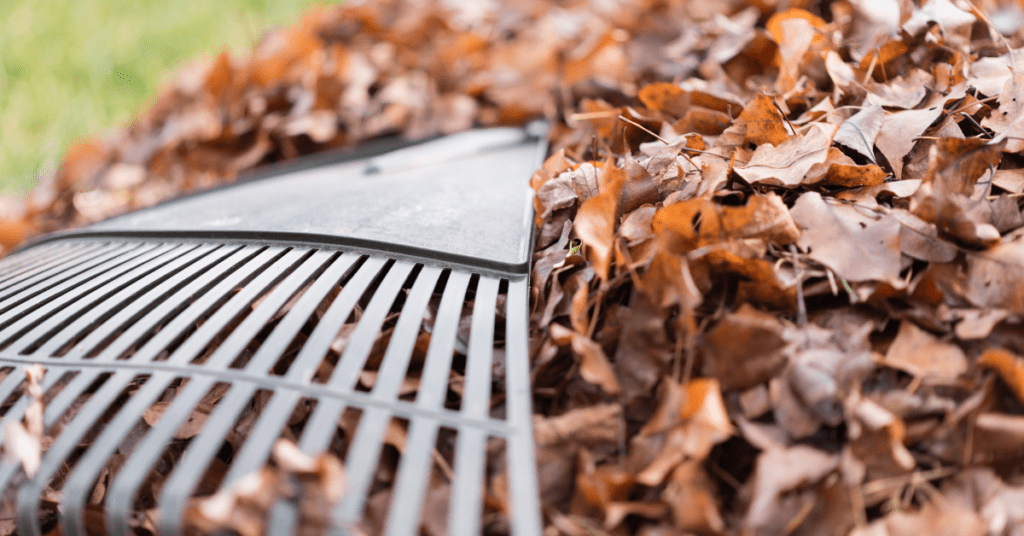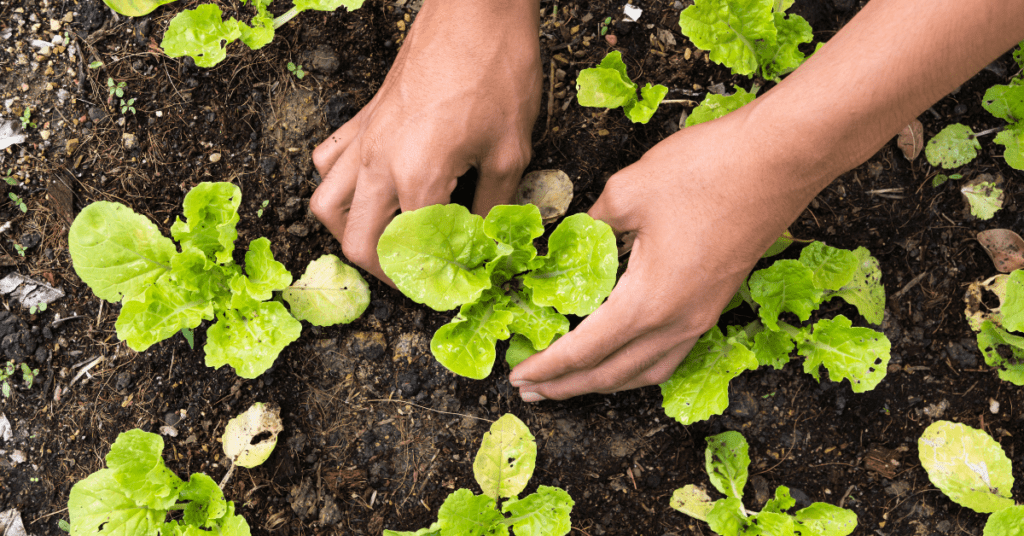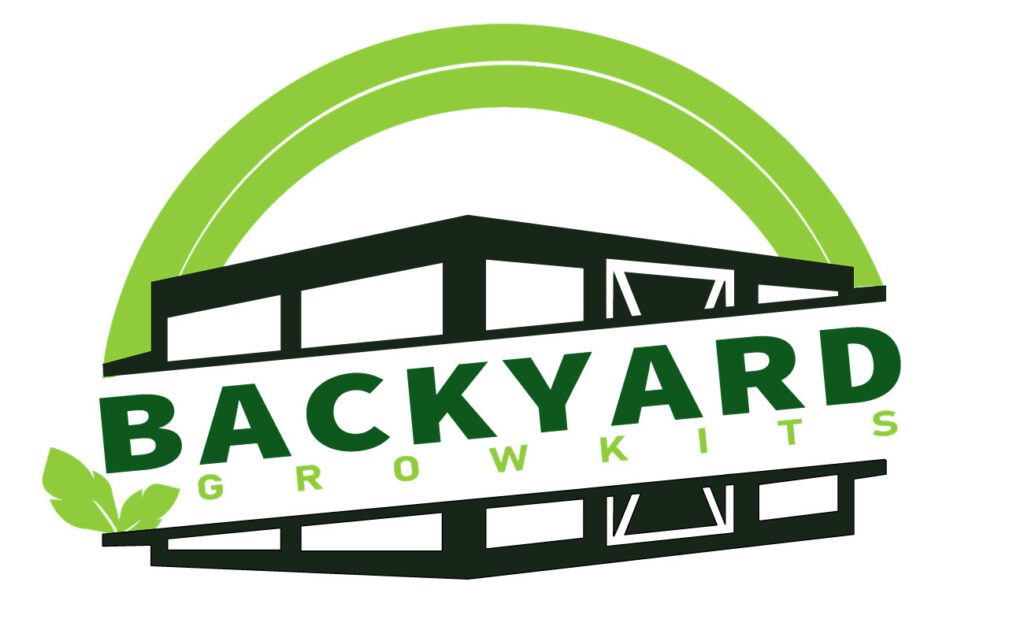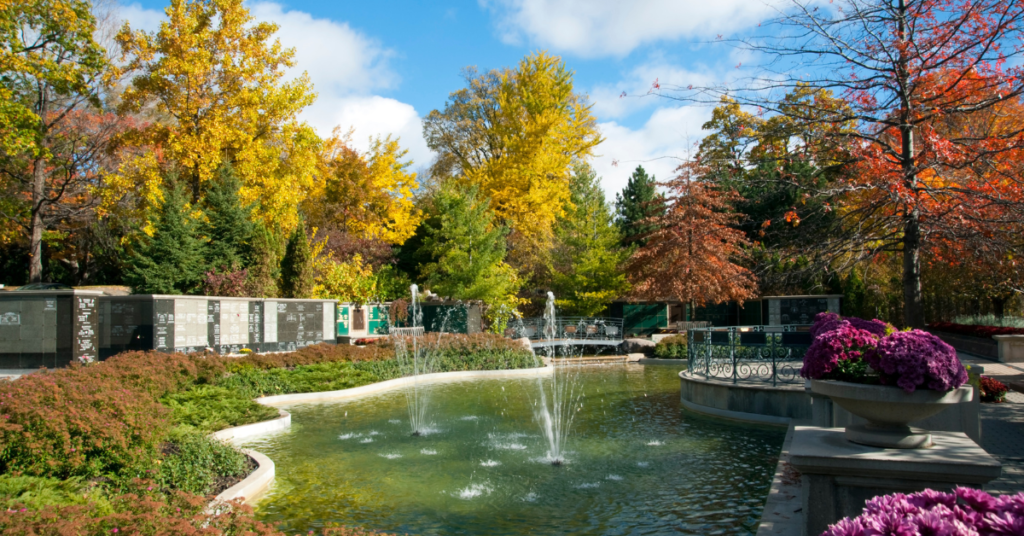Fall is when the temperatures drop, the days get shorter, and the leaves change color. It is also when gardeners prepare their gardens for the winter months.
Fall gardening can be a great way to enjoy the outdoors and get a head start on next season’s planting. Here, we will discuss the benefits of fall gardening, how to prepare your garden for the fall, tips for planting in the fall, types of plants to grow in the fall, essential tools for fall gardening, seasonal maintenance tasks for your garden, tips for harvesting in the fall, how to protect your garden from seasonal pests, and tips for composting in the fall.
Benefits of Fall Gardening
Fall gardening can be a great way to extend your growing season and get a head start on the next season’s planting. It can also be a great time to jump on some of the seasonal maintenance tasks you may have been putting off.

Here are some of the main benefits of fall gardening:
- First, you can take advantage of the cooler temperatures, making working outside easier.
- You can start planting early, giving your plants a jump-start on the next season’s growth.
- You can use the longer days to get more work done in the garden.
- You can build up the soil with compost and mulch, which will help the soil retain moisture and nutrients for the next season.
- You can plant fall-blooming flowers like asters, chrysanthemums, and marigolds to add color to your garden.
- You can also plant vegetables like kale, spinach, and lettuce, which thrive in cooler fall temperatures.
How to Prepare Your Garden for the Fall

Before you start planting in the fall, preparing your garden for the season is essential.
Remove dead or dying plants, weeds, and debris from the garden.
You should also test your soil and amend it with compost and mulch as needed. It helps the soil retain moisture and nutrients for the next season.
Additionally, you should water your plants deeply and evenly to help them establish robust root systems before the temperatures drop.
Once you’ve prepared the soil, you can start planting your fall garden.
Be sure to choose appropriate plants for the season that can withstand cooler temperatures. Also, consider planting a mix of vegetables, flowers, and herbs to maximize your fall garden.
Tips for Planting in the Fall
Planting in the fall can be a great way to jump-start the next season’s growth. Here are some tips for growing in the fall:
- Choose plants that are appropriate for the season. For example, cool-weather crops like kale, spinach, and lettuce are good choices for fall planting.
- Choose plants that can withstand cooler temperatures. Perennials like asters, chrysanthemums, and marigolds are good choices for fall gardens.
- Plant in the early morning or late afternoon when the temperatures are more relaxed.
- Make sure to water your plants deeply and evenly. This will help them establish strong root systems before temperatures drop.
- Mulch and compost your soil to help it retain moisture and nutrients.
- Monitor your plants and check for signs of pests or diseases.
Types of Plants to Grow in the Fall

Many types of plants can be grown in the fall. Cool-weather crops like kale, spinach, and lettuce are great for adding to salads or soups.
Consider planting asters, chrysanthemums,s, and marigolds to add color to your garden. Herbs like parsley, sage,e, and thyme are also great for adding flavor to your dishes.
You can also plant root vegetables like carrots, beets, and turnips, which can be harvested in winter.
Essential Tools for Fall Gardening

To have a successful fall garden, you will need some essential tools.
Gardening gloves, trowels, shovels, pruning shears, and hoes are all essential fall gardening tools.
You will also need a rake to remove dead and dying plants, weeds, and debris from the garden.
A wheelbarrow or garden cart can also help transport compost, mulch, and other materials in the garden.
Seasonal Maintenance Tasks for Your Garden
In addition to planting and harvesting, some seasonal maintenance tasks must be done in the fall.
This includes removing dead and dying plants, weeds, and debris from the garden.
You should also water your plants deeply and evenly to help them establish strong root systems before the temperatures drop.
Additionally, you should test your soil and amend it with compost and mulch as needed.
Tips for Harvesting in the Fall
Harvesting in the fall can be a great way to jump-start the next season’s growth. Here are some tips for harvesting in the fall:
- First, monitor your plants closely and check for signs of ripeness.
- When young and tender, hNext, harvest vegetables like kale, spinach,h, and lettuce.
- Next, harvest root vegetables like carrots, beet,s and turnips when mature but still small.
- Next, harvest herbs like parsley, sage, and thyme when the leaves are fragrant and flavorful.
- When the blooms are fully open, harvest flowers like asters, chrysanthemums, and marigolds.
How to Protect Your Garden from Seasonal Pests
In the fall, protecting your garden from seasonal pests is essential. To do this, remove any dead or dying plants, weeds, and debris from the garden.
Additionally, you should monitor your plants closely and check for signs of pests or diseases. If you notice any problems, you should take action immediately to prevent further damage to your plants. This can include insecticides or natural pest deterrents such as neem oil, garlic, or chili pepper spray.
Tips for Composting in the Fall

Composting in the fall can be a great way to improve your garden’s soil.
Mix brown and green materials to get the most out of your compost. Brown materials like leaves and straw provide carbon, while green materials like grass clippings and food scraps offer nitrogen.
Additionally, you should keep the compost damp and turn it off every few weeks. This will help the compost break down faster and provide essential nutrients to the soil.
Parting Remarks on Fall Gardening Tips
Fall gardening can be a great way to enjoy the outdoors and get a jump start on the next season’s growth.
By preparing your garden for the fall, planting appropriate plants, harvesting in the fall, protecting your garden from pests, and composting, you can get the most out of your fall garden.
With some preparation and the right tools, you can create a beautiful and bountiful garden that will last throughout the winter months.
Whether you’re a beginner or an experienced gardener, fall gardening can be a great way to enjoy the outdoors and get a head start on the next season.
With the right tools and tips, you can get the most out of your fall garden and ensure it’s ready for winter. Follow these essential fall gardening tips for preparing your garden for the fall, and you’ll have a beautiful and bountiful garden.
How have you been gardening during the fall? Share your fall gardening experiences with us in the comments below, and let’s learn from each other!

